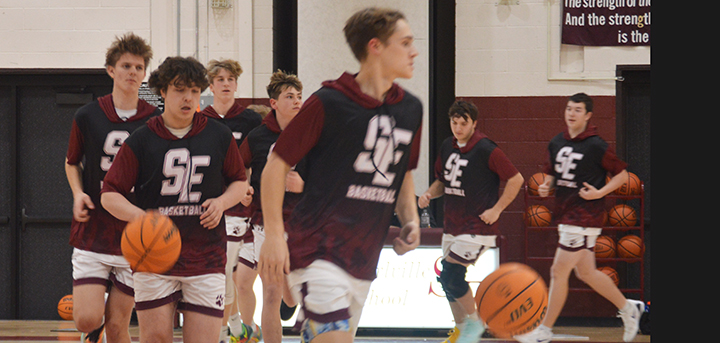Public service lobbying now can relate to what sportsmen and private sector have dealt with
As New York State struggles to hack away at a budget deficit that has realistically taken many years to build, the reductions to trim the bloated red ink will affect almost every phase of how the state has operated for decades. Despite intense lobbying by the big public service unions to keep the status quo, there’s just no way that taxpayers can continue to provide the necessary revenue to satisfy those that have largely been previously insulated from the layoffs, pay and subsidized benefits reductions that have hit the private sector. To coin a phrase, it appears the time has come when everyone will “pay the fiddler.”
Trying to weigh the similarities and differences between public and private sector lobbying often boils down to which group makes the most noise and can put the most pressure on elected officials.
It is somewhat ironic that the one of the large lobbying groups that can lay claim to historically paying its own way, but is the least vocal as it sees its normal services and related benefits (if you could call them that) being trimmed by the budget knife. That group being the state’s sportsmen and women, who, through their licenses, permits and special sales taxes have been the main financial supporters of the state’s conservation and environmental programs for many years.







Comments